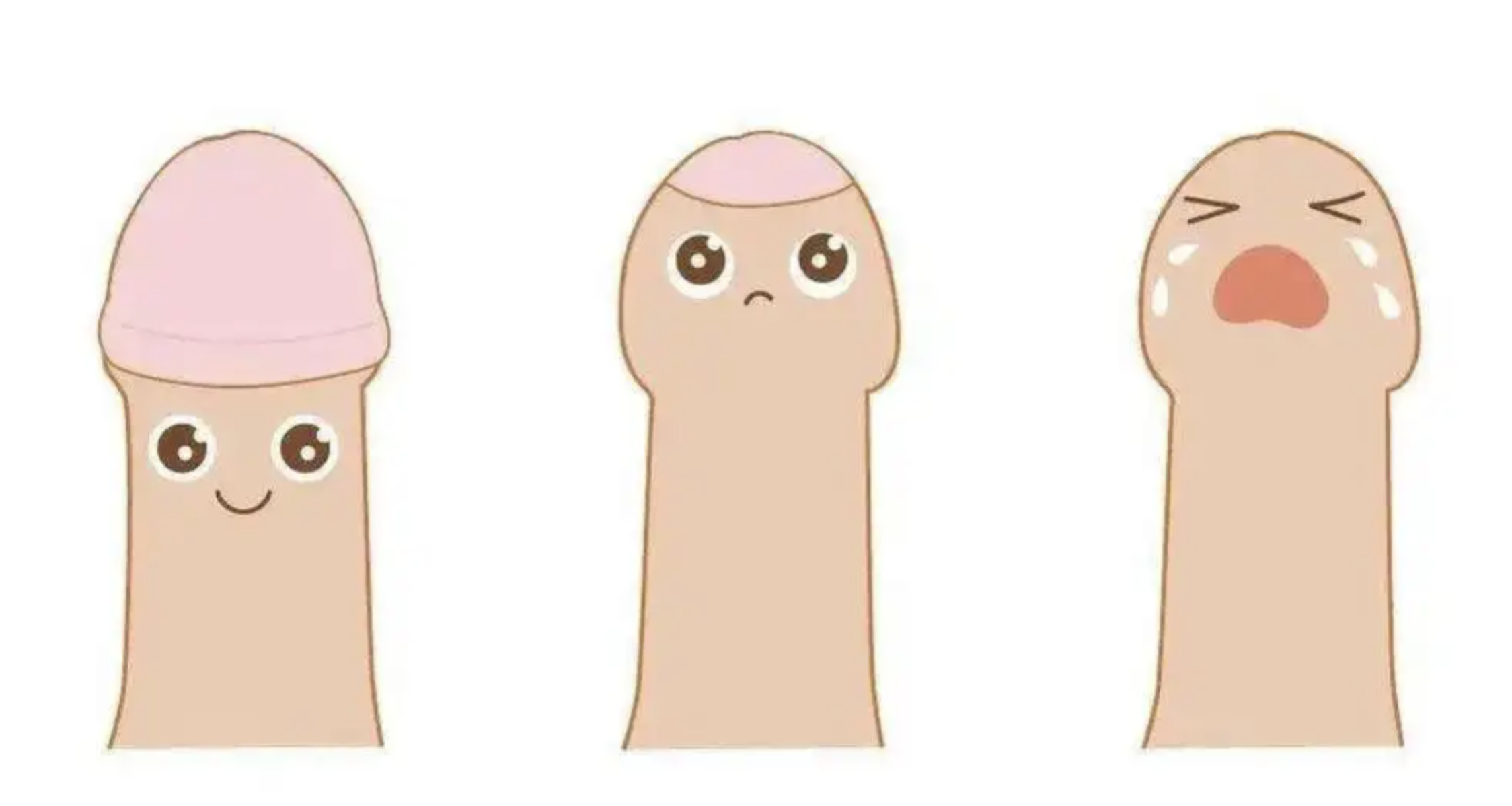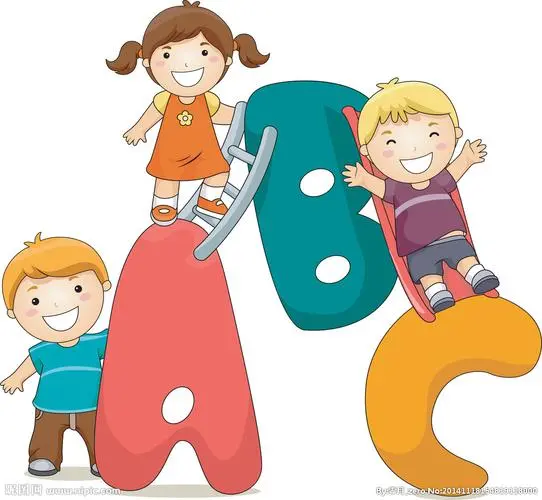Introduction
The decision of whether or not to circumcise a boy has been a topic of concern for many parents. Some feel pressure when they see friends' children undergoing the procedure, while others have concerns about potential risks and the impact on their child's development. In this informative article, we aim to address common questions and provide insights into pediatric circumcision.
1. What Age is Suitable for Circumcision?
Answer: If there is a medical necessity, meaning the procedure is required to treat a specific condition, circumcision can be performed at any age.
Indications for pediatric circumcision include:
- Pathological phimosis: Repeated inflammation and scarring of the foreskin causing discomfort.
- Phimosis leading to urinary problems or recurrent infections.
- Paraphimosis: A condition where the foreskin becomes trapped behind the glans, requiring emergency intervention.
Circumcision in these cases focuses on medical treatment, regardless of age.
2. If There are No Medical Issues, When Is the Ideal Age for Circumcision?
Answer: Considering the child's ability to cooperate, post-operative care, and anesthesia options, circumcision is typically recommended after the age of 7 or 8 when local anesthesia can be administered comfortably.
For younger children with lower cooperation levels, general anesthesia can be an option. The Chinese Pediatric Surgery Association suggests that circumcision can be considered in cases of phimosis in children over 5 years old if their specific situation and parental wishes are taken into account.
3. Are There Risks Associated with Anesthesia?
Answer: Both general and local anesthesia carry some level of risk, with local anesthesia being less risky.
However, there is no need for excessive concern. Modern anesthesia techniques are relatively mature and safe. Anesthesia specialists assess the child's health and any contraindications to minimize risks.
While there are risks associated with surgery, it is crucial to consider the medical necessity, especially in children under the age of 3, when deciding to proceed with anesthesia and surgery.
4. Will Circumcision Lead to Larger Penis Size If the Child's Penis Seems Small?
Answer: No, circumcision does not affect penis growth; it's determined by internal factors. After circumcision, the penis may appear slightly larger due to the absence of the foreskin, but this is purely a visual change, much like how tight clothing does not influence weight gain.
It's important to differentiate this from concealed penis, a condition where obesity or developmental abnormalities hide the penis beneath the skin. This condition requires appropriate treatment and surgical options based on its causes.
5. Is Circumcision Painful?
Answer: Common circumcision methods include the Plastibell technique, the Gomco clamp, and traditional circumcision with a scalpel.
 During the procedure: General anesthesia ensures painlessness throughout the surgery. With local anesthesia, there may be a brief moment of discomfort during the injection, but the rest of the procedure is painless.
During the procedure: General anesthesia ensures painlessness throughout the surgery. With local anesthesia, there may be a brief moment of discomfort during the injection, but the rest of the procedure is painless.
After the procedure: Mild pain around the surgical area for 1-3 days is normal. Over-the-counter pain relievers like ibuprofen or acetaminophen can be used. Typically, pain subsides unless there is excessive activity or trauma to the area.
6. Is Post-Operative Care Easy? How Long Does Recovery Take?
Answer: Post-operative care for circumcision is relatively straightforward. After 2-3 days when pain subsides, simple daily activities like short walks or car rides are possible. Younger, active children may require more rest to prevent bleeding or severe swelling.
For the Plastibell or traditional circumcision method, wound healing takes about 1-2 weeks. The titanium clips or stitches used in the Gomco clamp method usually dissolve in 2-3 weeks.
7. Are There Any Side Effects (Complications) of Circumcision?
Answer: Circumcision, like any surgical procedure, carries some risk of complications. Common complications include pain, swelling, infection, or bleeding, but most are not severe.
Finally
circumcision is a medical procedure that should be considered with care. For asymptomatic cases of phimosis, the decision should be based on hygiene, cultural factors, and parental preferences, with guidance from specialized medical professionals.




